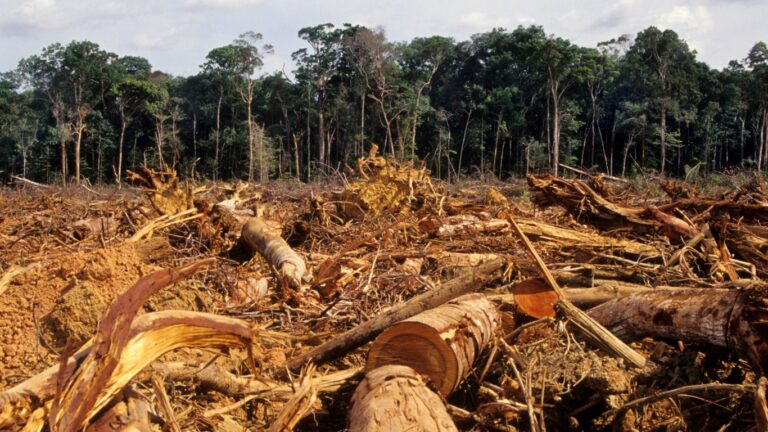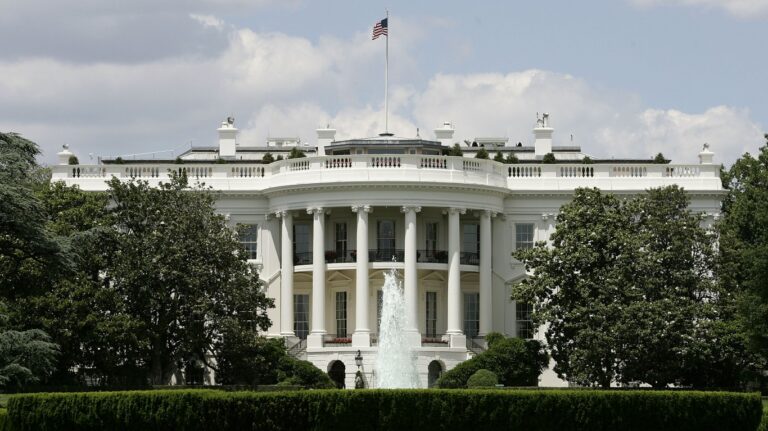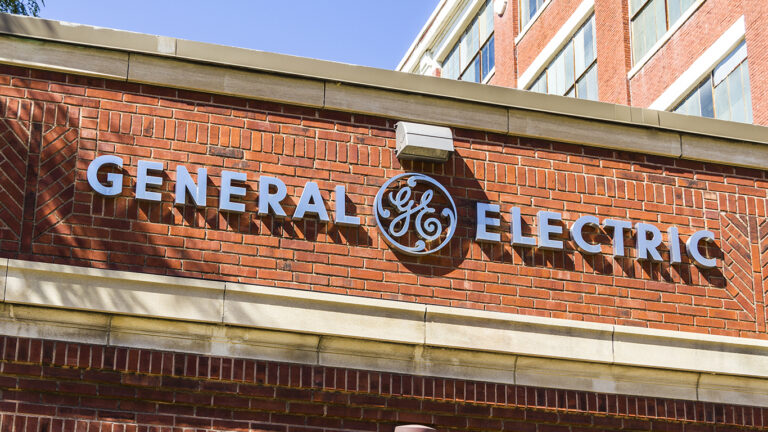Yes, Good Buddies, you can keep on truckin’. But it’ll have to be without your filthy exhausts.

It’s a nice spring day (at least in was in the Northeast this past weekend). You open the windows of your car to let some pleasant air in — and then you come upon three or four semis chugging up a hill. Cough, cough. Splutter, splutter. And those windows have to be closed because of the fumes the big beasts are belching out.
MORE ON TRUCKS: The US Cannot Support Big EV Trucks
MORE ON TRUCKS: Well, Bless My CB Radio — Truck Drivers Are 10-2 (‘Receiving Well’) When It Comes To EVs
It’s a big problem. According to the Environmental Defense Fund, the delivery trucks and tractor trailers that distribute goods and cargo — although they make up only about 4% of vehicles on U.S. roads — are responsible for nearly half of the nitrogen oxide emissions and nearly 60% of the fine particulates from all vehicles, and about 7% of all greenhouse gas emissions in the U.S.
Hence the coughing and spluttering. In particular, these trucks are mostly diesel-powered, a fuel that is even more polluting than gasoline.
So, it was good to hear just recently that the Environmental Protection Agency just strict new emission standards for heavy-duty trucks, buses and other large vehicles, according to an EPA announcement.
The new rules, the agency said, which take effect for model years 2027 through 2032, will avoid up to 1 billion tons of greenhouse gas emissions over the next three decades and provide $13 billion in net benefits in the form of fewer hospital visits, lost work days and deaths. The new standards will especially benefit an estimated 72 million people who live near freight routes used by trucks and other heavy vehicles and bear a disproportionate burden of dangerous air pollution, the EPA added.
“Heavy-duty vehicles are essential for moving goods and services throughout our country, keeping our economy moving. They’re also significant contributors to pollution from the transportation sector — emissions that are fueling climate change and creating poor air quality in too many American communities,’’ EPA Administrator Michael Regan said.
It’s unclear how the cuts will be made. Electric-powered trucks are still in their infancy and a network of chargers — particularly important for long-distance drivers — is still relatively sparse.
And, perhaps predictably, industry groups are hopping mad. “The post-2030 targets remain entirely unachievable,” said Chris Spear, the CEO of the American Trucking Associations, told the AP. “Any regulation that fails to account for the operational realities of trucking will set the industry and America’s supply chain up for failure.”
And, said Todd Spencer, president of the Owner-Operator Independent Drivers Association, “The post-2030 targets remain entirely unachievable. Any regulation that fails to account for the operational realities of trucking will set the industry and America’s supply chain up for failure.”
Mmmm. Not a 10-4, good buddy.
More from ClimateCrisis 247
- Global Deal On Plastic Pollution Falls Apart
- Lies About Climate Disaster Could Be Blocked By AI
- Only One Nation In The World Can Feed Itself
- Melting Glaciers Could Drive Volcanos






